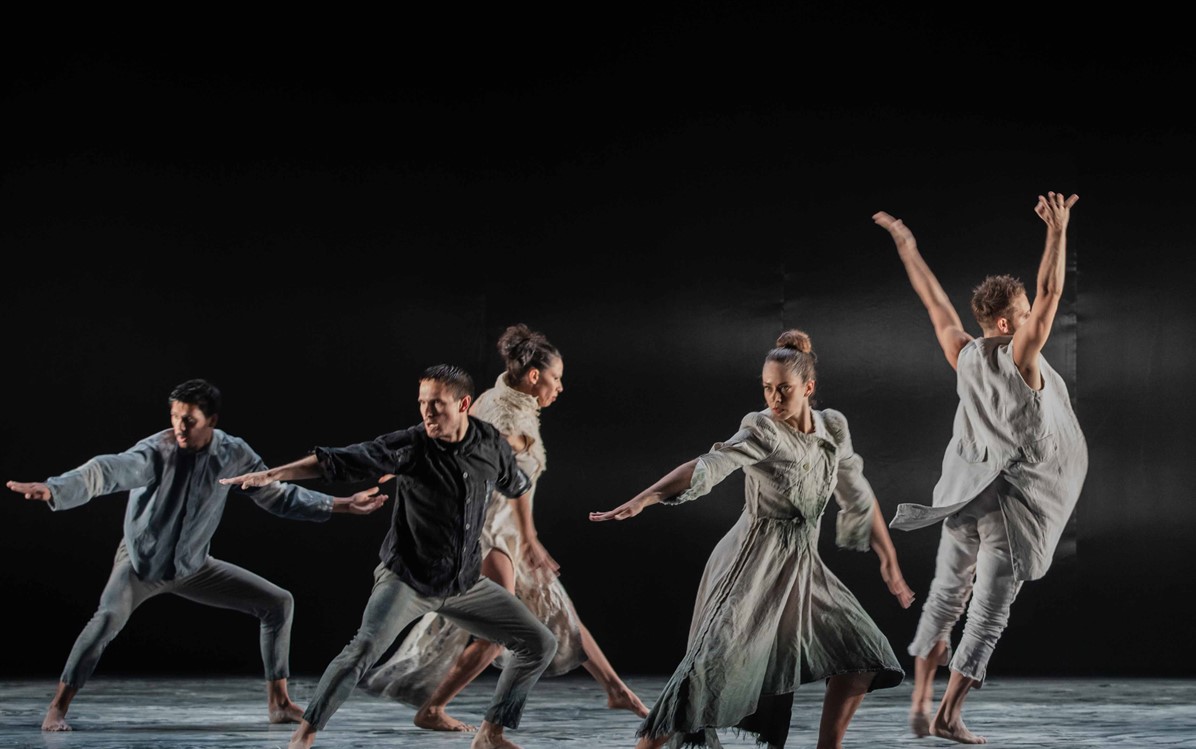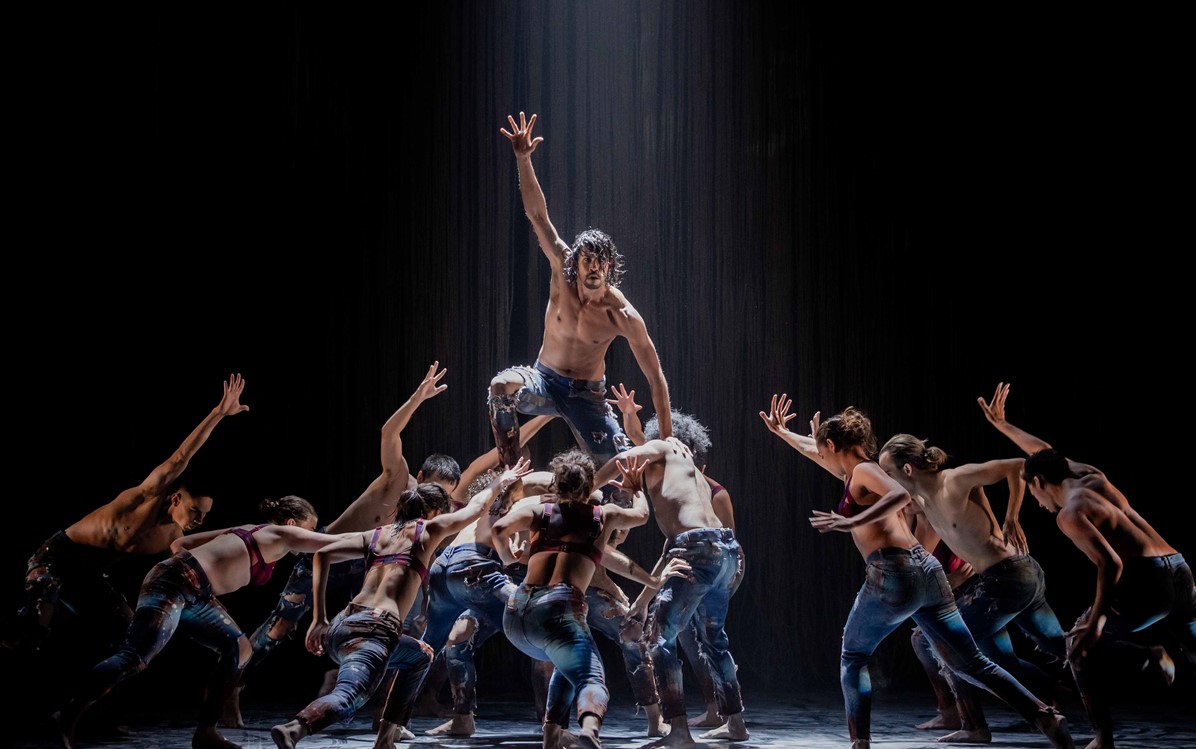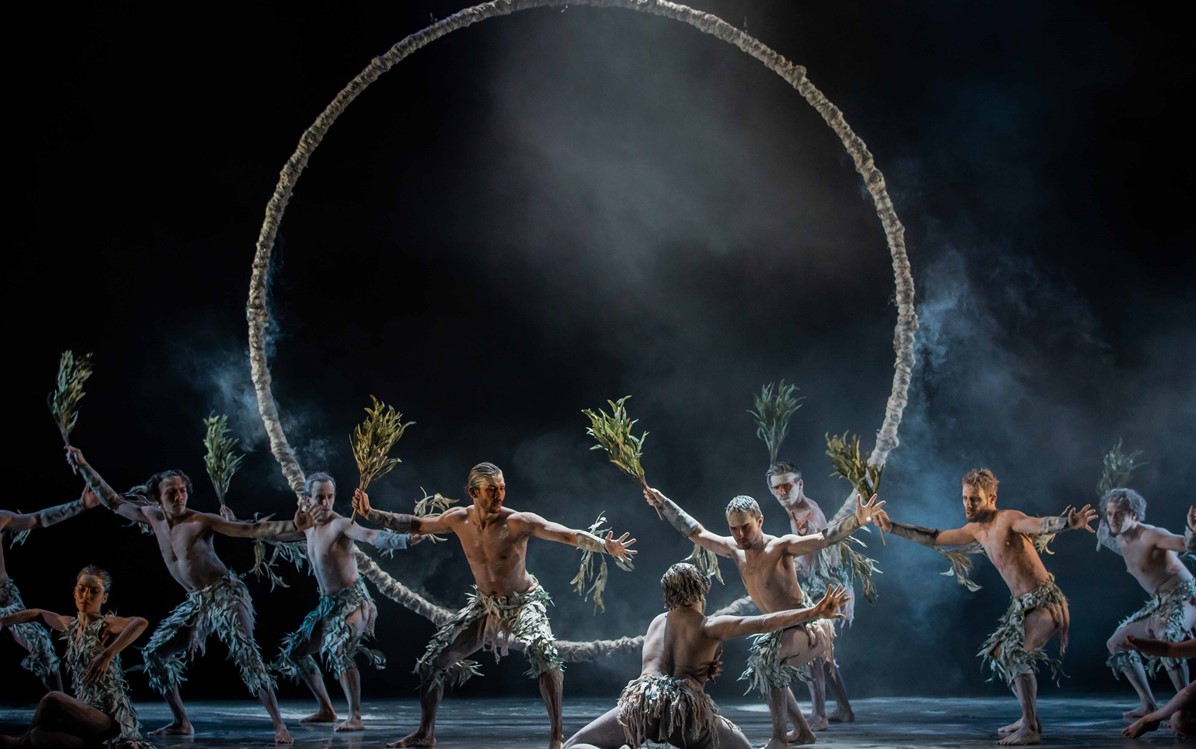
Bennelong | Q&A with Stephen Page
Bangarra Dance Theatre is acclaimed worldwide for its authentic storytelling, distinctive voice and moving performances. After a triumphant national tour and seven Helpmann Awards, they bring their extraordinary Bennelong to Perth Festival.
We caught up with Bangarra Dance Theatre's Artistic Director, Stephen Page, to find out more about the truly magical work.
How did this project come about?
I had always been intrigued by Woollarawarre Bennelong. For all the years I’ve been at Bangarra there’s always been some part of his story featured in an exhibition, a lecture or on TV. Bennelong is probably one of the most observed and written about Aboriginal men in our colonial history – I believe there are close to 50,000 words written about him in different accounts. One of the important things about Bennelong is that it starts off pre-1788. We all know the significance of 1788 as a date, but there is very little reflection on what ‘Australia’ would have been like only 26 years earlier in 1762, which is roughly around the time Bennelong was born. I thought it was time for us to reclaim his story, a story from here, from the Eora Nation where our company resides.
The story of Bennelong is the first archetype of first contact, but most of what we know about him has been channelled through historical accounts written from the white perspective. So it was important to take this historical piece and run it through the lens of the black perspective. Like most Australians, many of our dancers have learnt only highly edited and distorted versions of our history when they were growing up. I was therefore conscious that the creation of Bennelong would also add to both the cultural knowledge of the company and our wider collective societal knowledge, which we could all then caretake and carry forward with us. The very way that Bangarra works are created means that we are always learning new knowledge, reframing stories and embodying culture throughout the creation process. As an organisation, and I think more and more as a society, we are hungry to reawaken stories from our history, to share and learn about Aboriginal and Torres Strait Islander knowledge and perspectives on historic events, and to reflect on how they have shaped us all today as Australians.

Image: Daniel Boud
Why did you think movement and music was the best way to tell this story?
I wanted to try and get into Bennelong’s mind, to try to work out what his perspective on his own journey might have been and to also explore the contemporary resonances and legacy of the challenges and conflicts he faced. Muruwari man, Matthew Doyle, came on board as our Cultural Consultant, so we brought all of his knowledge, together with our research into the historical written accounts, into the studio, where we then talked through and developed specific ideas and themes with the dancers. This is the way Bangarra always works – whether it’s a creation myth from a particular community that we have been entrusted with, or a piece that tackles a black social issue – we get to interrogate how a narrative is best served through contemporary movement and through all of the different artistic elements that are represented on stage.
Composer Steve Francis and I explored my brother David’s [David Page] archives to find some of the soundscapes he had created in collaboration with Gadigal Elders and community members around Eora Nation-inspired stories. Matthew Doyle was also able to revive language and put it into traditional song. It was a beautiful process to go through, all of us were awakening that knowledge and coming together to tell this familiar story but from our perspective. I’m so fortunate to have worked with such a brilliant creative team, we were able to bring together all of the different elements of story, song, dance, language and design to create this unique theatrical experience.
What messages does Bennelong’s story have for contemporary Australia?
Bennelong speaks to the core issues around contemporary Australian identity and how we deal with, and narrativise our recent past. It speaks to the ongoing legacies of colonialism that we are still dealing with now. Bangarra’s work always reflects on the resilience and strength of people and land and story, but Bennelong in particular looks at the value of what was culturally here and the ongoing impacts of assimilation and dispossession. It’s a reminder of the importance of the resilience of the spirit and what could have been if there had been exchange and reconciliation at that time, and if respect for culture and language had been developed back then to protect and preserve different cultural customs and ways of being.
Bennelong is presented in a contemporary form and so doesn’t seek to provide a literal representation of that era. Instead, it is an attempt to understand the sensibilities and emotional psychological of the people from that time. There is so much we don’t know about Bennelong the man. Why did he have five names and what was the significance of each of those names? What was his kinship system and his cultural status? What gave him the wonderful confidence to build that relationship with Governor Phillip? How did he envision the relationship developing? Then of course, there are the questions about his agency as an individual within the colonial system. Did he think he could easily navigate the two worlds? Was there a point where he recognised that he was being used by the system, but was trapped? Or was he completely taken in by the myth-making power of western colonial culture?
I’m always fascinated with the question of how we would have evolved if we hadn’t of been colonised by the British. What would the relationship be between our many diverse nations? How would its peoples and diversity of cultures be preserved and respected today? Would Sydney be called Eora, or Perth Noongar? What would be different in language and values, name and place? What sort of people would we be?

Image: Daniel Boud
This has been one of Bangarra’s most celebrated productions – why do you think that is?
I think it’s a combination of factors – the significance of Bennelong himself as a man and the fact that it’s an archetypal first contact story. Our historical works are always popular, perhaps because they do drive a narrative, and this is a narrative told from a black perspective which has continuing relevance. People feel they’re learning something, they’re reclaiming history, reclaiming knowledge.
Bennelong’s story is wrapped up with the Uluru Statement from the Heart. Bangarra is so proud of our responsibility as cultural caretakers, to be entrusted to carry these stories and to share them with audiences across the world. But still we are conscious of how our values, kinship systems and cultures are framed within the western cultural hegemony. There are Bennelongs amongst us still today. I’m Bennelong – I’ve got a foot in each world and I’m responding to the system, but I won’t give up trying to reconnect and re-cleanse a culture of mine that’s been totally displaced.
Bennelong is on at State Theatre Centre of WA from 6 - 9 February, BOOK NOW.